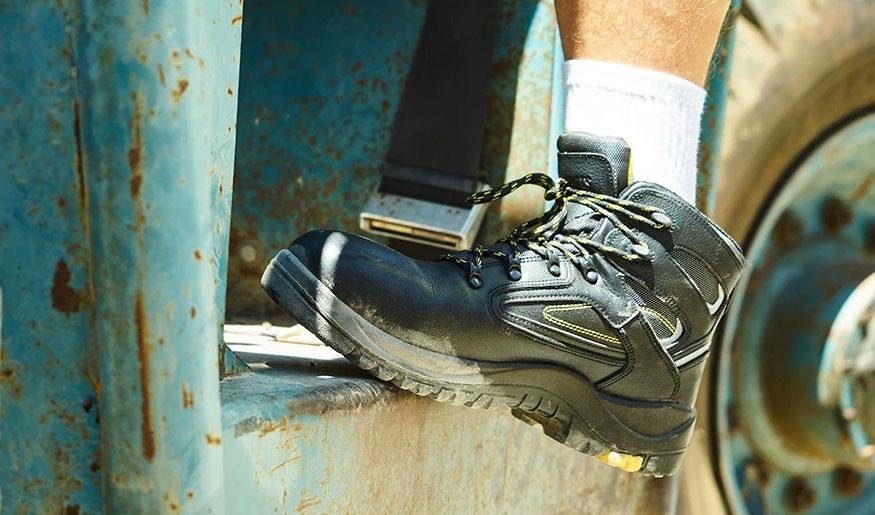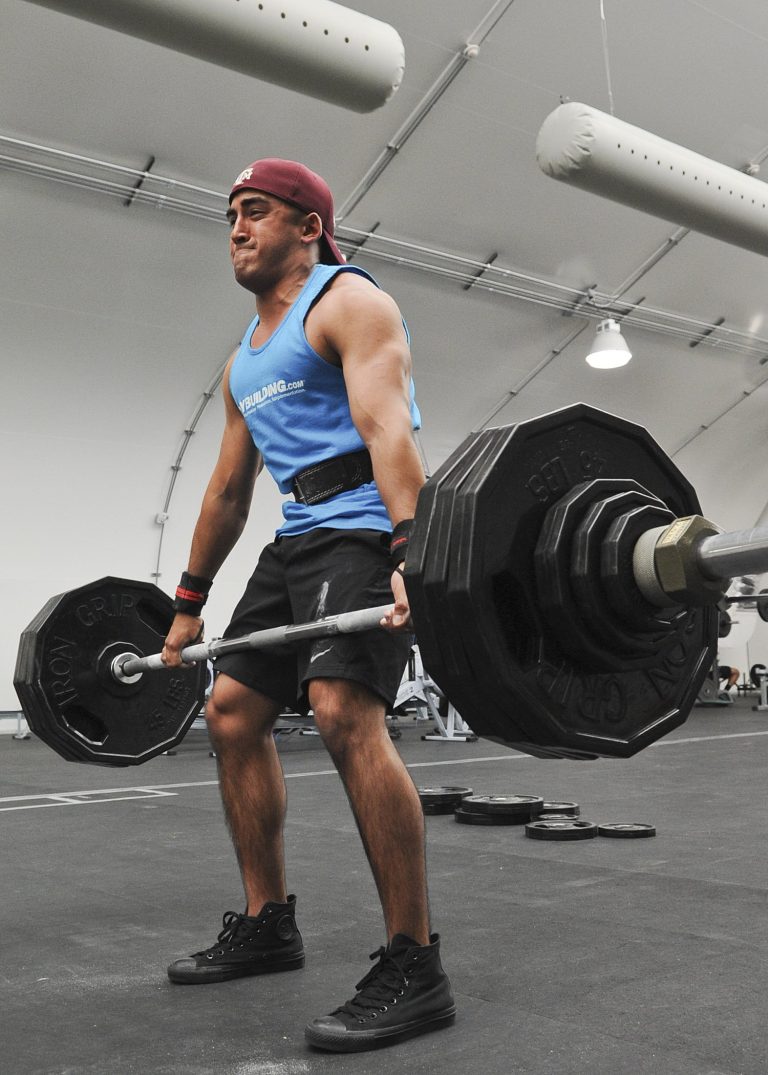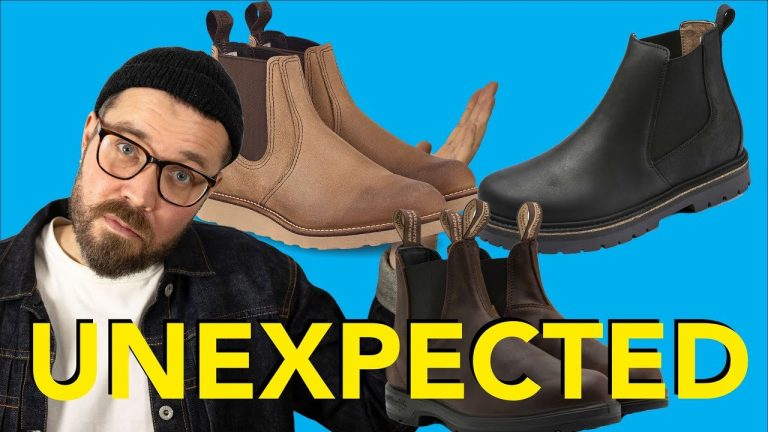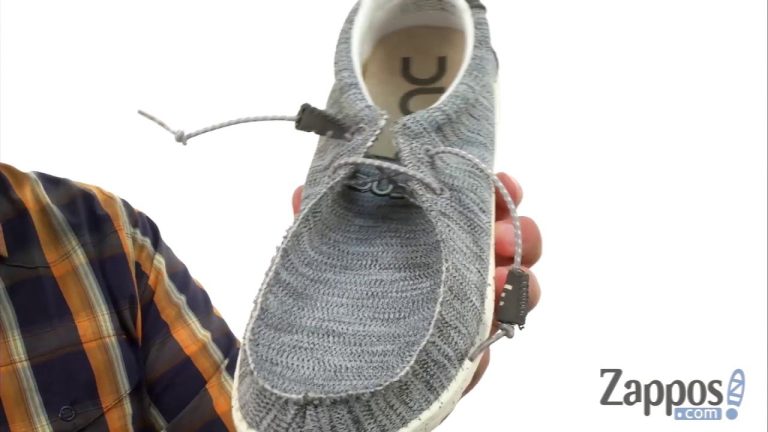Are you wondering how heavy steel toe boots can be? Well, you’ve come to the right place! Steel toe boots are known for their durability and protective features, but one important aspect that often comes to mind is their weight. When it comes to choosing the right pair of work boots, understanding their weight can be crucial for your comfort and mobility throughout the day. In this article, we’ll delve into the topic of how heavy steel toe boots are, providing you with valuable insights to help you make an informed decision. So, let’s dive right in!
How Heavy Are Steel Toe Boots?
When it comes to protective footwear, steel toe boots are widely recognized for their durability and safety features. Steel toe boots are designed to protect your feet from heavy objects, impacts, and compression. However, one common concern when considering a pair of steel toe boots is their weight. In this article, we will explore the topic of how heavy steel toe boots are, addressing various subtopics and providing you with all the information you need to make an informed decision.
Section 1: Understanding Steel Toe Boots
Steel toe boots are a type of protective footwear that feature a reinforced toe cap made of steel. This toe cap is designed to provide additional protection to the toes and feet in hazardous work environments. While steel toe boots are primarily used in industries such as construction, manufacturing, and warehousing, they are also popular among outdoor enthusiasts and hikers due to their sturdy construction.
Section 2: Factors Affecting the Weight of Steel Toe Boots
The weight of steel toe boots can vary depending on several factors. Here are some key factors that can affect the overall weight of steel toe boots:
1. Material: The choice of materials used in the construction of steel toe boots can significantly impact their weight. Common materials include leather, synthetic materials, and rubber. Leather boots tend to be heavier, while synthetic materials can provide a lighter alternative.
2. Toe Cap: The toe cap itself, typically made of steel or composite materials, adds weight to the boots. Steel toe caps are generally heavier than composite toe caps.
3. Sole Construction: The type and thickness of the sole can contribute to the overall weight of the boots. Thicker and more robust soles, such as those with additional layers for slip resistance or puncture protection, may add to the weight.
4. Boot Style: Different styles of steel toe boots, such as work boots or casual boots, can vary in weight. Work boots often have additional features and reinforced construction, making them heavier compared to casual boots.
Section 3: Average Weight Ranges for Steel Toe Boots
While the weight of steel toe boots can vary depending on the factors mentioned above, it is helpful to have a general idea of the average weight ranges. The following weight ranges are approximate and can vary based on the brand and specific model:
1. Lightweight Steel Toe Boots: These boots generally weigh between 3 to 4 pounds (1.4 to 1.8 kilograms) per pair. They are designed to provide protection while minimizing the overall weight and strain on the wearer.
2. Medium Weight Steel Toe Boots: Boots in this category typically range from 4 to 5 pounds (1.8 to 2.3 kilograms) per pair. They offer a balance between protection and comfort, suitable for various work environments.
3. Heavy-Duty Steel Toe Boots: These boots can weigh between 5 to 7 pounds (2.3 to 3.2 kilograms) per pair. They are designed to withstand extreme conditions and provide maximum protection, making them ideal for heavy-duty industrial applications.
Section 4: Considerations When Choosing Steel Toe Boots
While the weight of steel toe boots is an important factor to consider, it should not be the sole determining factor in your decision. Here are some additional considerations to keep in mind when choosing the right pair of steel toe boots for your needs:
1. Comfort: Along with protection, it’s crucial to prioritize comfort. Look for boots with cushioning, proper arch support, and breathable materials to ensure maximum comfort during long hours of wear.
2. Safety Standards: Ensure that the steel toe boots you choose meet the required safety standards for your industry. Look for relevant certifications, such as ASTM (American Society for Testing and Materials) standards, to ensure the boots provide adequate protection.
3. Fit and Sizing: Proper fit and sizing are crucial for both comfort and safety. Consider trying on different brands or styles to find the best fit for your feet. Some brands offer wider or narrower options to accommodate different foot shapes.
4. Additional Features: Depending on your specific needs, you may want to consider additional features such as insulation for cold weather, waterproofing, or electrical hazard protection. These features can add weight, so prioritize based on your work environment.
Section 5: Tips for Minimizing the Weight Effect
If you find the weight of steel toe boots to be a concern, consider the following tips to help minimize the impact:
1. Choose Lightweight Materials: Opt for boots made of lighter materials such as synthetic fibers or composite toe caps. These materials can provide comparable protection while reducing overall weight.
2. Select a Suitable Style: Depending on your work environment, you may find certain styles of steel toe boots to be lighter than others. Explore different options and prioritize lightweight designs without compromising the required safety features.
3. Proper Maintenance: Regularly clean and maintain your boots to keep them in optimal condition. Accumulated dirt, debris, and moisture can add unnecessary weight and strain.
4. Invest in Insoles: High-quality insoles can provide additional cushioning and support, reducing the impact of the boots’ weight on your feet.
Conclusion:
In conclusion, the weight of steel toe boots can vary depending on several factors such as material, toe cap, sole construction, and boot style. Lightweight steel toe boots generally weigh between 3 to 4 pounds per pair, while heavy-duty boots can weigh 5 to 7 pounds per pair. When choosing steel toe boots, consider factors like comfort, safety standards, fit, and additional features. By understanding these considerations and following the tips provided, you can find the right pair of steel toe boots that balance protection and weight for your specific needs. Stay safe and comfortable on the job with the right steel toe boots!
Even the Best Steel Toe Boots All do THIS!
Frequently Asked Questions
How heavy are steel toe boots?
Steel toe boots can vary in weight depending on the style, size, and construction. On average, a pair of steel toe boots can weigh between 3 to 6 pounds. The weight of the boots can also be influenced by additional features such as insulation, waterproofing, and added protection. It is important to consider the weight of the boots when choosing a pair to ensure comfort and prevent fatigue during long hours of wear.
Do all steel toe boots weigh the same?
No, steel toe boots can have different weights based on factors such as materials, design, and added features. Some steel toe boots may be lighter due to the use of lightweight materials or construction techniques, while others may be heavier for added durability and protection. It is recommended to try on different boots and consider the weight along with other factors to find the right fit for your needs.
Are lighter steel toe boots less protective?
No, the weight of steel toe boots does not necessarily determine their level of protection. The protective aspect of steel toe boots comes from the reinforced steel cap in the toe area, which provides impact resistance. While lighter boots may use alternative materials or construction methods to reduce weight, they can still offer the same level of protection as heavier boots. It is important to check for safety certifications and standards when purchasing steel toe boots to ensure adequate protection.
Are there any lightweight steel toe boot options available?
Yes, there are lightweight options available in the market for those who prefer or require lighter steel toe boots. Some manufacturers offer boots with composite toe caps made of materials like carbon fiber or Kevlar, which are lighter than traditional steel caps. These lightweight boots provide similar protection while reducing the overall weight. It is best to check product descriptions or consult with the manufacturer to find lightweight steel toe boot options.
Can the weight of steel toe boots affect comfort?
Yes, the weight of steel toe boots can affect comfort, especially during extended periods of wear. Heavier boots may cause fatigue and strain on the feet, legs, and back. It is essential to choose boots that are well-fitted and provide adequate support to minimize discomfort. Additionally, considering factors like cushioning, breathability, and arch support can contribute to overall comfort, regardless of the weight of the boots.
Final Thoughts
Steel toe boots vary in weight depending on the brand, style, and specific features. On average, they typically weigh between 3 to 7 pounds per boot. The weight of steel toe boots is an important consideration for those who wear them, as excessive weight can lead to discomfort, fatigue, and decreased mobility. However, it is crucial to find a balance between weight and safety, as the steel toe is designed to protect the feet from heavy objects and potential hazards. When choosing steel toe boots, it is essential to consider the nature of the work and personal comfort preferences. Understanding how heavy steel toe boots are can help individuals make an informed decision to ensure both safety and comfort in their work environment.






